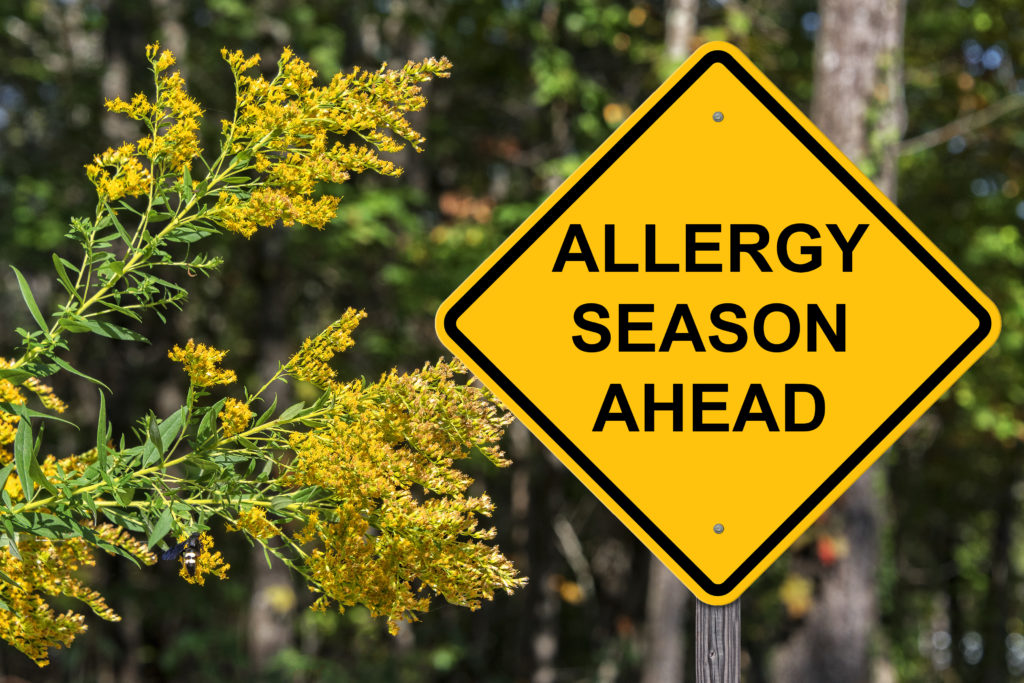As we move out of January and into February and March the mountain cedar pollen that has plagued us will taper off. Don’t be lulled into a false sense of security though! Following on the heels of mountain cedar pollen are several other tree pollen including: Ash, Oak, Elms and, later in February and into March, Sycamore and Mulberry pollen will show up. Grasses and mold spores also start to creep in during this time. Let’s take a closer look at what to expect for spring Texas allergies.

If you have an allergy to tree pollen, or think you might, be on the lookout for the following typical symptoms:
- Runny nose and mucus production
- Sneezing
- Itchy nose, eyes, ears and mouth
- Stuffy nose (nasal congestion)
- Red and watery eyes
- Swelling around the eyes
If you have allergic asthma you may notice a flare up in your asthma symptoms when tree pollen are high too.
For those who already know what they’re allergic to, managing your pollen allergy symptoms is as straight forward as continuing with your OTC allergy medications and any other steps you usually take during your peak allergy seasons.
If you are unsure about your spring Texas allergies, or don’t know if what your experiencing is truly an allergy, come see us! Dr. Hallett can help you identify what you’re allergic to and set you on a path to allergy management.